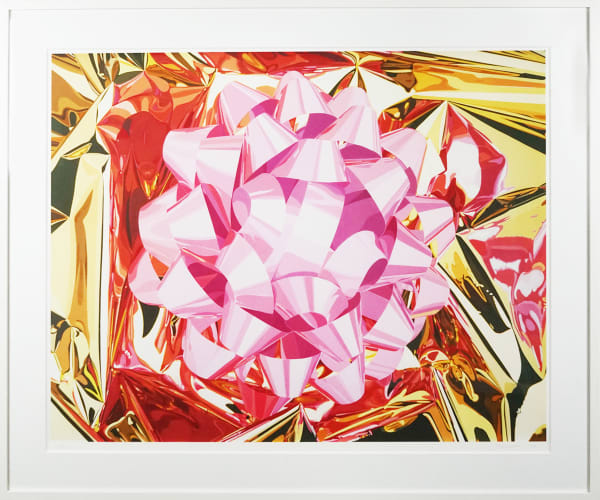Jeff Koons
"For me, art really starts with acceptance, self-trust. Wherever you come to with art, it's perfect. You don't have to come with anything. What you bring to something is the art. That's where it's found. It's found within you."
From the very beginning of his career, Koons has established himself at the intersection of art, commerce, and spectacle. After studying at the Maryland Institute College of Art and the School of the Art Institute of Chicago, he moved to New York and worked at the membership desk of the Museum of Modern Art. In 1980 he began working as a commodities broker while continuing to develop his artistic practice. This dual engagement with high finance and conceptual art deeply informed his approach, shaping his interest in consumer culture, mass production, and the commodification of desire. Early on, Koons positioned himself as a successor to the legacy of Warhol, embracing banality and kitsch as central aesthetic strategies rather than attempting to transcend them.
Since 1979, his major bodies of work have evolved in distinct series, each pushing the boundaries of scale, material, and meaning. His Inflatables and The New projects (late 1970s–early 1980s) used vacuum cleaners and everyday objects encased in Plexiglas to evoke consumer fetishism. The Equilibrium series (1983) featured basketballs suspended in tanks of water, symbolizing stasis and aspiration. His Luxury and Degradation series (1986) explored the role of alcohol in society, exploiting what he termed the "fake luxury" of stainless steel as a material, while the Banality series (1988) used porcelain and wood sculpture to explore taste, sexuality, and celebrity, culminating in the controversial Made in Heaven series (1990–91), which depicted the artist and his then-wife, Ilona Staller (Cicciolina), in explicit poses. Later works such as Celebration (begun mid-1990s), produced monumental stainless-steel renditions of balloon animals and toys, exemplifying his fascination with childhood innocence and industrial perfection. More recent series like Popeye, Hulk Elvis, and Gazing Ball continue his dialogue between art history, consumerism, and reflection, both literally and metaphorically.
Koons’s significance in the contemporary art world lies in his ability to examine the tensions between art and commerce, sincerity and irony, beauty and banality. His work challenges traditional hierarchies of taste, embracing kitsch, mass appeal, and industrial fabrication as valid artistic modes. Through his meticulous use of reflective surfaces, he implicates the viewer directly in the artwork, turning self-consciousness into a central theme.


